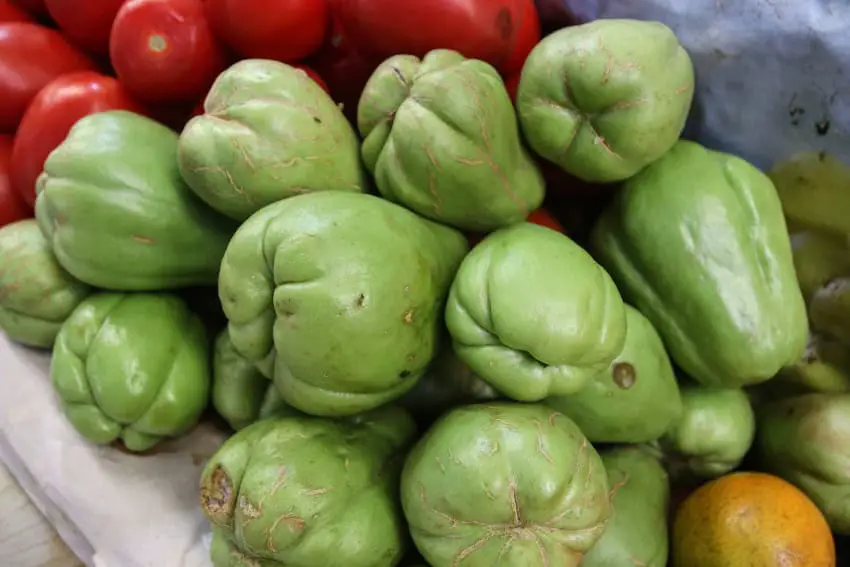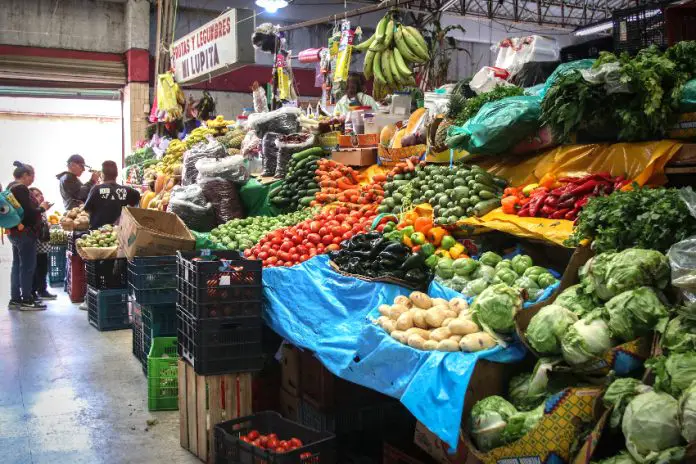Mexico’s annual headline inflation rate continues to increase, rising well above 5% in the first half of July.
The national statistics agency INEGI reported Wednesday that the annual headline rate was 5.61% in the first 15 days of July, up from 4.98% across June.
Inflation has been on the rise since March, reaching 4.42% that month, 4.65% in April and 4.69% in May.
The headline rate in the first half of this month is the highest since the second half of May last year. It is above all forecasts in a Bloomberg survey of economists, whose median estimate was a 5.38% reading in the first half of July.
INEGI reported that consumer prices increased 0.71% in the first 15 days of the month compared to the second half of June.
The closely-watched annual core inflation rate, which excludes volatile food and energy prices, fell to 4.02% from 4.13% across June. The rate was on par with the median estimate of economists surveyed by Bloomberg.
The annual core rate has declined every month since February 2023.
Pricey produce pressures household budgets
INEGI data shows that fruit and vegetables were 25.69% more expensive in the first half of July than in the same period of last year. It was the highest annual inflation rate for those products since the first half of August 2017. The steepest annual price increases were for chayotes, tomatoes, green tomatoes and onions.
Overall inflation for fruit and vegetables across June was a slightly less painful 19.73%.
Annual inflation for the agricultural products category was 14.33% in the first half of the month, tempered by a 4.82% year-over-year increase in the cost of meat.

Andrés Abadía, chief Latin America economist at Pantheon Macroeconomics, said that adverse climatic conditions and “external factors” are the main drivers of inflation in Mexico this year.
Energy prices, including those for electricity and gasoline, increased 7.30% in annual terms in the first 15 days of July, while services were 5.17% more expensive.
Prices for processed food, beverages and tobacco increased 4.03% annually, while non-food goods were 1.94% more expensive.
Will the Bank of Mexico cut interest rates next month?
With headline inflation continuing to rise, it appears less likely that Mexico’s central bank will cut its benchmark interest rate after its board’s next monetary policy meeting on Aug. 8.
However, two economists quoted in a Bloomberg report believe that the Bank of Mexico (Banxico) — which targets 3% headline inflation — will make a cut to its 11% rate on the second Thursday in August.
“My feeling is central bankers will prioritize the improvement we see in core measures, which came in line with estimates, and cut,” said Jessica Roldán, chief economist at Casa de Bolsa Finamex and a former Banxico official.

However, she acknowledged that “it’s tricky to lower rates when this print should increase the bank’s inflation estimates.”
Kimberley Sperrfechter, an emerging markets economist at Capital Economics, wrote in a note that “our base case remains that Banxico will resume its easing cycle next month.”
The central bank cut its key rate from a record high 11.25% to 11% in March, making its first reduction to borrowing costs in over three years.
Despite predicting a cut next month, Sperrfechter recognized that the probability of that occurring is diminishing “somewhat” due to the data showing that headline inflation reached its highest level in 14 months in the first half of July.
Gabriela Siller, director of economic analysis at Mexico’s Banco Base, wrote on X on Wednesday morning that the Bank of Mexico “should wait longer to continue with interest rate cuts.”
Jonathan Heath, one of the central bank’s board members, said on X earlier this month that he agreed with the assessment of Jerome Powell, chair of the United States Federal Reserve, that “more benign inflation data” is needed before interest rates can be cut.
“He said it for the Federal Reserve, but it applies equally to the case of Mexico,” he wrote.
With reports from El Economista, El Financiero and Bloomberg
